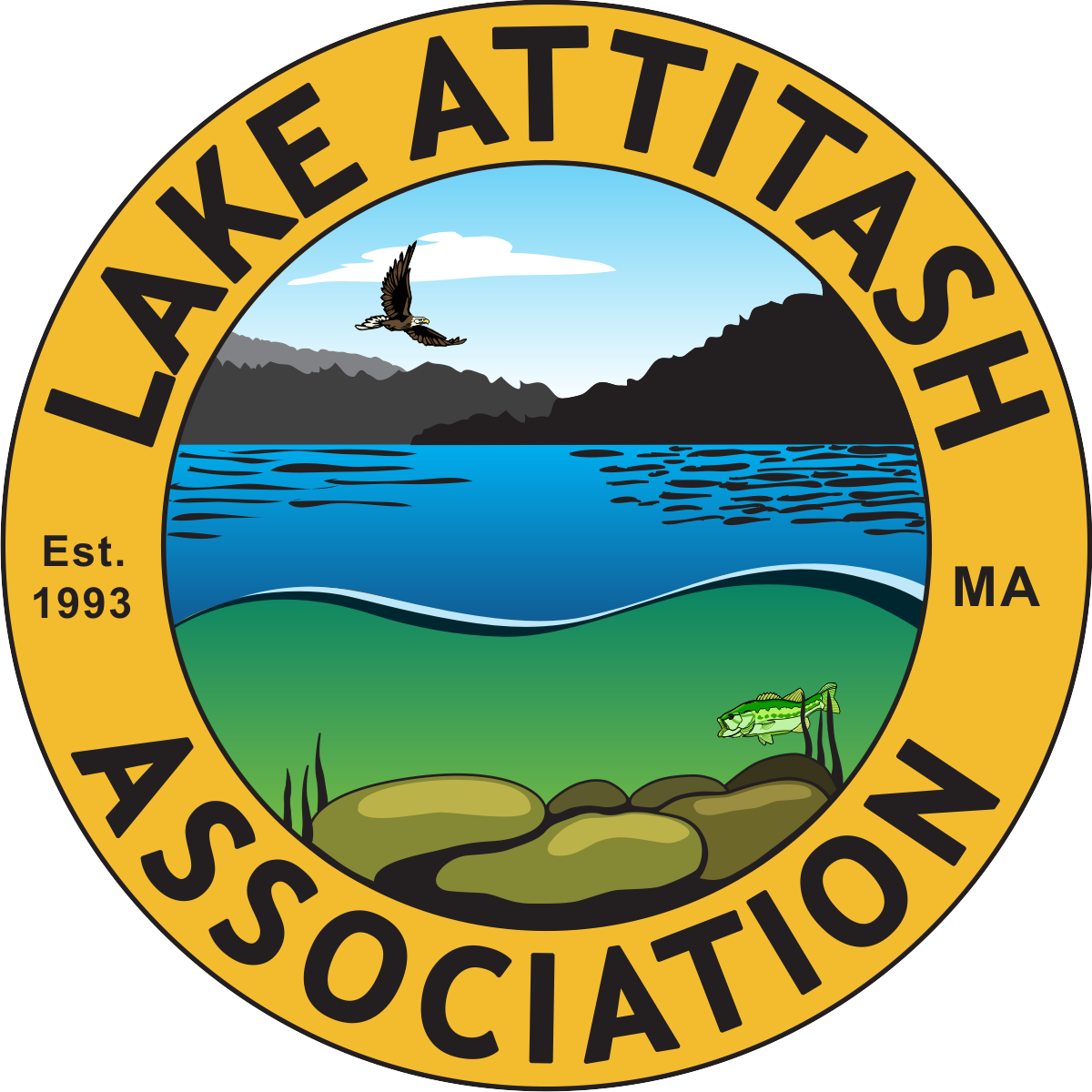What’s New
Top Four Ways You Can Protect Your Lake
The Last Newsletter for the Alum Grant! Newsletter #16 – June 2020 A few quick news items: Please do not feed the swans. We no longer have just one swan family. There are many swans on the lake and we are witnessing their daily battles for territory. There is plenty of food (weeds) for the…
Read MoreProtecting Lake Attitash
April 2020 Dear Friends and Smart Protectors of Lake Attitash The clear water we now enjoy in Lake Attitash is the result of a major grant award from the U.S. Environmental Protection Agency and the Massachusetts Department of Environment Protection. This grant’s purpose is to mitigate the significant health hazards of blue-green algae or cyanobacteria…
Read MoreA Supplemental Blue Green Algae Treatment Coming
In the spring of last year alum was applied around the lake at depths of 11.5’ or more. At depths less than this, it was determined that boat traffic would disturb the sediment and disrupt the effect of the treatment. Approximately 195 acres of this 365 acre lake was treated. Previous testing showed that the…
Read More2020 Spring Weed Management
During the past year the water in Lake Attitash was amazingly clear and free from invasive weeds. It was as good as folks have seen in many years. The good news is that a permit has been issued to once again manage those nasty invasive weeds. This is primarily targeted to manage Curly Pond Weed…
Read MoreLake Attitash Scrapbook
The Lake Attitash Association has access to a series of old articles and pictures about Lake Attitash. From time to time these will be sent out to our email list for folks on, around or interested in the lake to enjoy. It’s nice to be able to actually see some of the history of the…
Read More2019 Spring Alum Treatment Completed
In the spring of 2019, the treatment of Lake Attitash with Alum to keep the major Cyanobacteria / Blue Green Algae blooms at bay was completed. It was a great summer with no harmful algal blooms The lake water was clearer than it has been in many years. A big thank you to the Town…
Read MoreGrand Illumination Boat Parade
Saturday, September 1st Grand Illumination Boat Parade Meet at State Board Ramp in Merrimac at 6:30Rain Date: Sunday, September 2nd Dress your boat and house with lights and decorations… or come as you are!!!Sponsored by the Lake Attitash Association
Read More